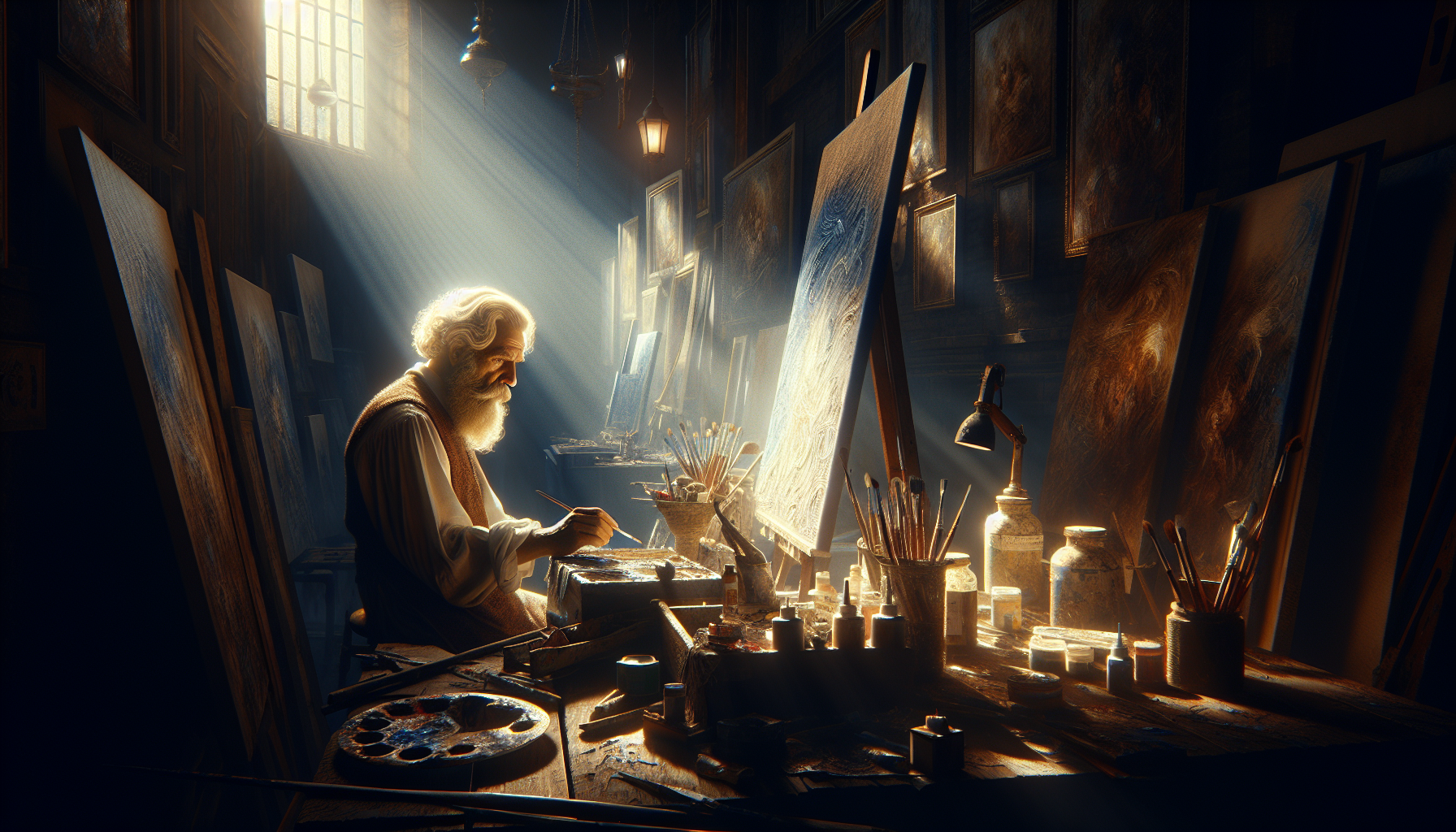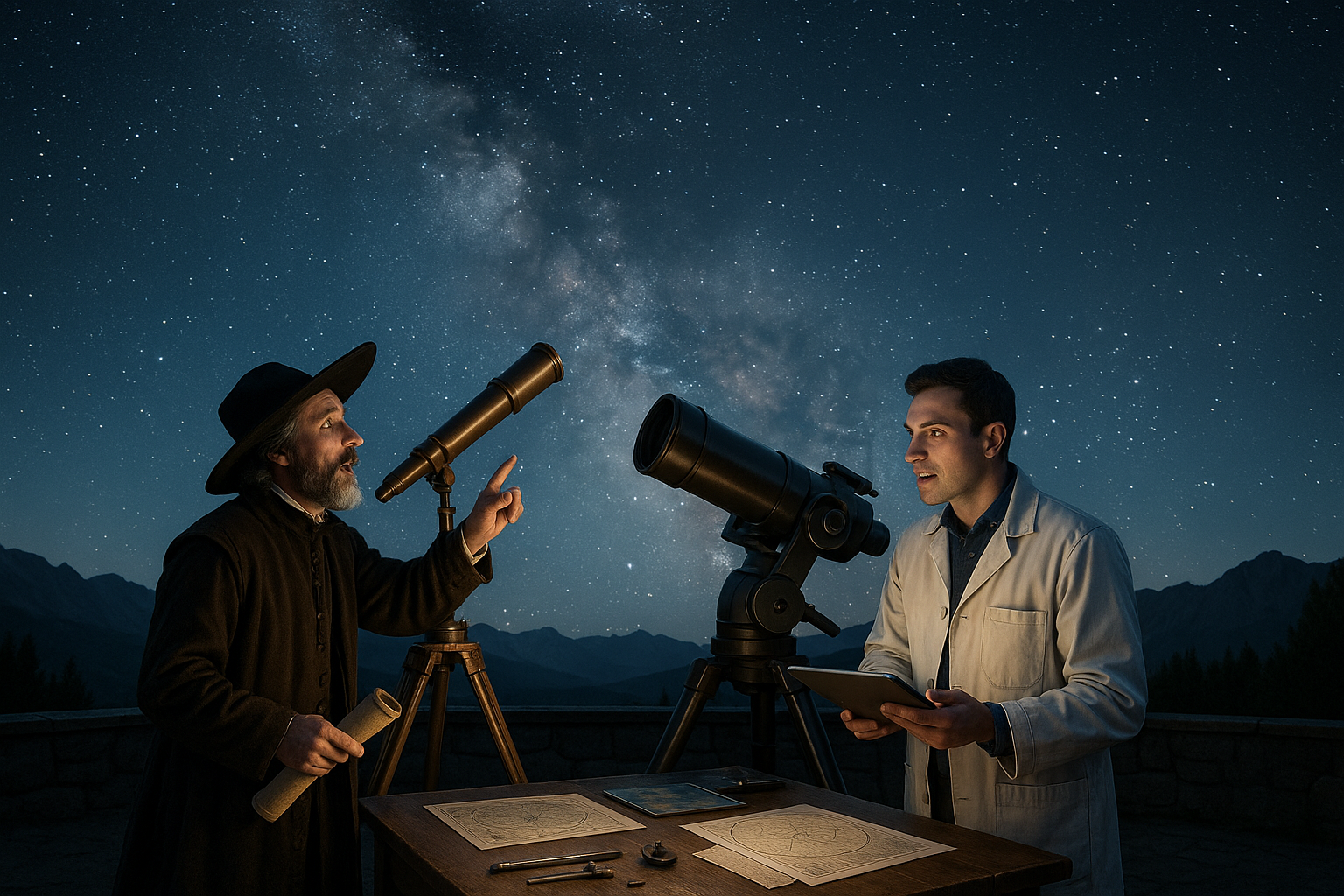In the realm of creative expression, whether through photography, painting, design, or any other artistic discipline, the dance between light and shadow serves as an essential foundation for crafting compelling narratives and evoking deep emotions. The interplay of contrast can transform a mundane scene into a mesmerizing masterpiece, drawing the viewer’s eye and inviting them to explore the nuances hidden within. As artists and creators, our challenge—and indeed our privilege—is to harness the power of contrast to breathe life into our work, adding layers of depth and meaning that might otherwise go unnoticed. In this exploration of mastering light and shadow, we delve into the techniques and philosophies that can elevate your creative projects to new heights, providing a fresh perspective on how contrast can be your most potent tool.
The journey to mastering the art of contrast begins with understanding its fundamental principles. At its core, contrast is about the relationship between opposing elements—light versus dark, vibrant versus muted, textured versus smooth. By skillfully manipulating these elements, you can create tension, highlight focal points, and guide the viewer’s emotional response. Throughout this article, we will explore the various dimensions of contrast, from its role in composition and storytelling to its psychological impact on the audience. We’ll examine the techniques used by masters across different mediums, drawing insights from iconic photographers like Ansel Adams, renowned painters such as Caravaggio, and modern digital artists who continue to push the boundaries of contrast in innovative ways. 📸🎨
As we embark on this exploration, consider how contrast has shaped not only individual works but entire movements and genres. From the dramatic chiaroscuro of the Baroque period to the stark minimalism of contemporary design, contrast has been a driving force in the evolution of artistic expression. In the pages that follow, we will uncover practical tips and creative strategies to help you harness contrast effectively in your own work. Whether you are capturing the delicate play of light on a subject’s face, painting a scene that captures the essence of a fleeting moment, or designing graphics that command attention, understanding and utilizing contrast can transform your creations into powerful visual statements. Prepare to illuminate your creative journey with the brilliance of light and the mystery of shadow, unlocking a world of possibilities where contrast reigns supreme. 🌟
The Role of Contrast in Creative Expression
Contrast is a fundamental element in visual arts and design, playing a crucial role in how we perceive and interpret images, scenes, and concepts. It is the difference in luminance or color that makes an object distinguishable from others within the same field of view. By leveraging the art of light and shadow, artists and designers can create powerful and impactful works that capture the viewer’s attention and evoke emotions.
The effective use of contrast can transform a flat, uninspiring image into a dynamic and engaging masterpiece. This technique can be used to highlight important elements, create a sense of depth, and guide the viewer’s eye across the artwork. In photography, for instance, contrast can emphasize textures and details that might otherwise go unnoticed. In graphic design, it can make text more readable and visually appealing.
Contrast doesn’t only apply to visual arts but also to other forms of creative expression, such as music and literature. In music, contrasting elements can create tension and release, adding drama and interest to a piece. In literature, contrasting characters or themes can add complexity and depth to a story. As you explore the different ways to harness the power of contrast in your creative works, you’ll discover a wide range of possibilities that can elevate your art to new heights.
The Science Behind Light and Shadow
Understanding the science of light and shadow is essential for mastering contrast in your creative works. Light is a form of electromagnetic radiation that is visible to the human eye, and it plays a vital role in how we perceive the world around us. Shadows, on the other hand, are areas where light is obstructed, creating a gradient of darkness that adds dimension and interest to a scene.
The interplay between light and shadow is what creates contrast. When light hits an object, it creates highlights and shadows, which are the areas of the object that are most and least illuminated, respectively. The degree of contrast depends on the intensity and direction of the light source, as well as the surface properties of the object being illuminated.
To achieve the desired level of contrast in your creative works, it’s important to understand how different lighting conditions can affect the appearance of your subject. For instance, harsh, direct lighting can create strong, well-defined shadows, while soft, diffused lighting results in more subtle, gradual transitions between light and shadow. Experimenting with different lighting setups can help you achieve the desired effect in your artwork.
Techniques for Enhancing Contrast
There are several techniques that artists and designers can use to enhance contrast in their creative works. By manipulating light and shadow, color, and composition, you can create visually striking images that capture the viewer’s attention and convey your intended message. Here are some effective strategies for enhancing contrast:
- Chiaroscuro: This classic technique involves using strong contrasts between light and dark to create a sense of volume and three-dimensionality. It’s often used in painting and photography to add drama and emphasize the form of the subject.
- Color Contrast: By using complementary colors or varying the saturation and brightness of colors, you can create visual interest and direct the viewer’s attention to specific areas of the artwork.
- Texture and Pattern: Adding texture and pattern to an image can enhance contrast by creating visual variety and depth. This can be achieved through the use of different materials, brushstrokes, or digital effects.
To see these techniques in action, watch this insightful video on YouTube: “Understanding Light and Shadow in Art” by Art Fundamentals.
Leveraging Digital Tools for Contrast
In the digital age, artists and designers have access to a wide range of tools and software that can help them manipulate contrast with precision and ease. Whether you’re working on a digital painting, a photograph, or a graphic design project, these tools can enhance your creative process and allow you to achieve stunning results.
One of the most powerful digital tools for enhancing contrast is Adobe Photoshop. With features like the Levels and Curves adjustments, you can fine-tune the brightness and contrast of your images with great control. Additionally, layer masks and blending modes allow you to selectively apply contrast adjustments to specific areas of your image, giving you even more creative freedom.
Other software, such as Adobe Lightroom and GIMP, also offer a range of contrast-enhancing features. These tools provide intuitive interfaces that make it easy to experiment with different settings and achieve the desired look for your artwork. By exploring the capabilities of digital tools, you can expand your creative possibilities and take your work to new levels of excellence.
Exploring Contrast in Different Art Forms
Contrast is a versatile element that can be applied across various art forms, each with its unique approach and aesthetic. From painting and photography to literature and music, the power of contrast can enhance the impact and effectiveness of creative works. Let’s delve into how contrast can be utilized in different art forms:
Painting: In painting, contrast can be used to create focal points, emphasize textures, and convey emotions. Techniques like chiaroscuro and tenebrism highlight the interplay between light and shadow, adding depth and drama to the composition. By experimenting with color contrast, painters can evoke different moods and atmospheres, from the warmth of complementary colors to the tension of contrasting hues.
Photography: Contrast is a vital element in photography, helping to define shapes, reveal textures, and enhance the overall composition. Photographers often use lighting techniques, such as backlighting or sidelighting, to create dramatic contrasts that accentuate the subject’s features. In post-processing, adjustments to highlights, shadows, and midtones can further refine the contrast, resulting in striking and visually compelling images.
Graphic Design: In graphic design, contrast plays a crucial role in creating hierarchy, readability, and visual interest. By varying font sizes, weights, and colors, designers can guide the viewer’s eye through the layout and emphasize key information. Contrast is also used to create visual tension and harmony, balancing different elements to achieve a cohesive and impactful design.
Table: Comparing Contrast Techniques Across Art Forms
| Art Form | Contrast Technique | Purpose |
|---|---|---|
| Painting | Chiaroscuro | Create depth and emphasize form |
| Photography | Lighting Techniques | Define shapes and reveal textures |
| Graphic Design | Color and Font Contrast | Create hierarchy and visual interest |
As you explore the use of contrast in different art forms, consider how it can enhance your creative works. Whether you’re painting a portrait, capturing a photograph, or designing a logo, the strategic use of contrast can elevate your art and leave a lasting impression on your audience. 🎨

Conclusion
Concluding our journey through the intricate dance of light and shadow, we revisit the transformative power of contrast in creative works. Throughout this exploration, we have delved into the fundamental principles that underpin the art of using light and shadow to enhance artistic expression, storytelling, and emotional impact. From the early masters of chiaroscuro to contemporary digital artists, the manipulation of contrast has remained a cornerstone of visual creativity.
We began by exploring the historical roots of contrast in art, examining how masters like Caravaggio and Rembrandt used chiaroscuro to bring depth and drama to their compositions. This historical context provided a foundation for understanding how these techniques can be applied in modern creative endeavors. By studying these pioneers, we learned that contrast is not merely about light and dark, but about creating a dialogue between elements that captures the viewer’s attention and evokes emotion.
Our discussion then transitioned to the technical aspects of mastering contrast, emphasizing the importance of light sources, shadows, and the interplay between them. We highlighted how different lighting techniques can drastically alter the mood and perception of a piece. Whether in photography, painting, or digital art, understanding how to manipulate light can transform an ordinary scene into an extraordinary one. The strategic use of highlights and shadows allows artists to guide the viewer’s eye, emphasize focal points, and create a sense of depth and realism.
In the realm of digital art, we explored the tools and technologies that have democratized access to sophisticated lighting techniques. Software advancements have empowered creators to experiment with contrast in ways previously unimaginable. We discussed how digital platforms offer a playground for artists to push boundaries, test new ideas, and refine their skills. From Photoshop to advanced 3D modeling programs, the digital space offers endless possibilities for harnessing the power of light and shadow.
Moreover, we examined the psychological impact of contrast, understanding how it influences viewer perception and emotional response. Contrast not only enhances visual appeal but also communicates themes, moods, and narratives. It can evoke feelings of tension, tranquility, mystery, or clarity, depending on how it is applied. By being mindful of these psychological effects, artists can create works that resonate more deeply with their audience.
Throughout this article, we’ve also touched upon practical tips for integrating contrast into your creative process. These include experimenting with different lighting angles, using contrast to highlight textures, and understanding the role of color contrast in adding vibrancy and dynamism to compositions. These actionable insights aim to equip you with the tools needed to refine your artistic approach and produce compelling, evocative works.
As we conclude, it’s essential to reinforce the importance of contrast not just as a technical skill, but as a vital tool for storytelling and expression. The strategic use of light and shadow can transform a simple concept into a powerful narrative, capturing the complexities and nuances of the human experience. Whether you’re a seasoned artist or a budding creator, embracing contrast can elevate your work, offering new dimensions and insights.
I encourage you, the reader, to apply these concepts to your own creative pursuits. Experiment with light and shadow, push the boundaries of contrast, and see how these techniques can enhance your work. Share your creations with others, and engage in conversations about the impact of contrast in art. By exchanging ideas and experiences, we can collectively deepen our understanding and appreciation of this powerful artistic tool.
Feel free to leave a comment below, sharing your thoughts or experiences with using contrast in your creative projects. If you found this article insightful, consider sharing it with fellow artists or anyone interested in the art of light and shadow. Together, let’s inspire a broader community to explore the transformative power of contrast in creative expression. 🌟
For further exploration of contrast in art, you may find these resources helpful:
– National Gallery of Art: Light and Shadow
Thank you for embarking on this journey with us. May your creative endeavors be ever illuminated by the dance of light and shadow. ✨
Toni Santos is a visual storyteller and cosmic interpreter whose work illuminates the ancient skywatchers and their prehistoric astronomy—the profound ways early humans observed and revered the heavens before written history. Through a visionary lens, Toni explores how the stars, planets, and celestial cycles shaped myth, ritual, and survival in cultures lost to time.
Rooted in a fascination with archaic observatories, stone alignments, and celestial symbolism, Toni’s creative journey reveals the deep human impulse to understand and harmonize with the cosmos. From lunar phases guiding planting seasons to the sacred paths of the Milky Way, each of his works embodies the awe and knowledge encoded in the night sky.
Combining artistic craftsmanship with archaeological insight, Toni’s pieces evoke the mystery and precision of prehistoric astronomers. His work does more than depict—it channels the timeless dance between earth and sky, bridging ancient wisdom with contemporary wonder.
As the visionary behind Vizovex, Toni shares curated visuals, essays, and symbolic studies that invite others to reconnect with the cosmic heritage written in stone and starlight. His creations are a call to look upward, to listen to the silent stories told by the stars, and to honor the first astronomers who mapped the heavens with reverence and ingenuity.
His work is a tribute to:
The celestial wisdom of prehistoric peoples
The sacred geometry of ancient observatories
The enduring bond between human culture and the cosmos
Whether you’re a stargazer, a scholar of ancient mysteries, or someone captivated by the universe’s earliest storytellers, Toni welcomes you to journey through a space where the sky is both map and myth—one constellation, one ritual, one revelation at a time.




